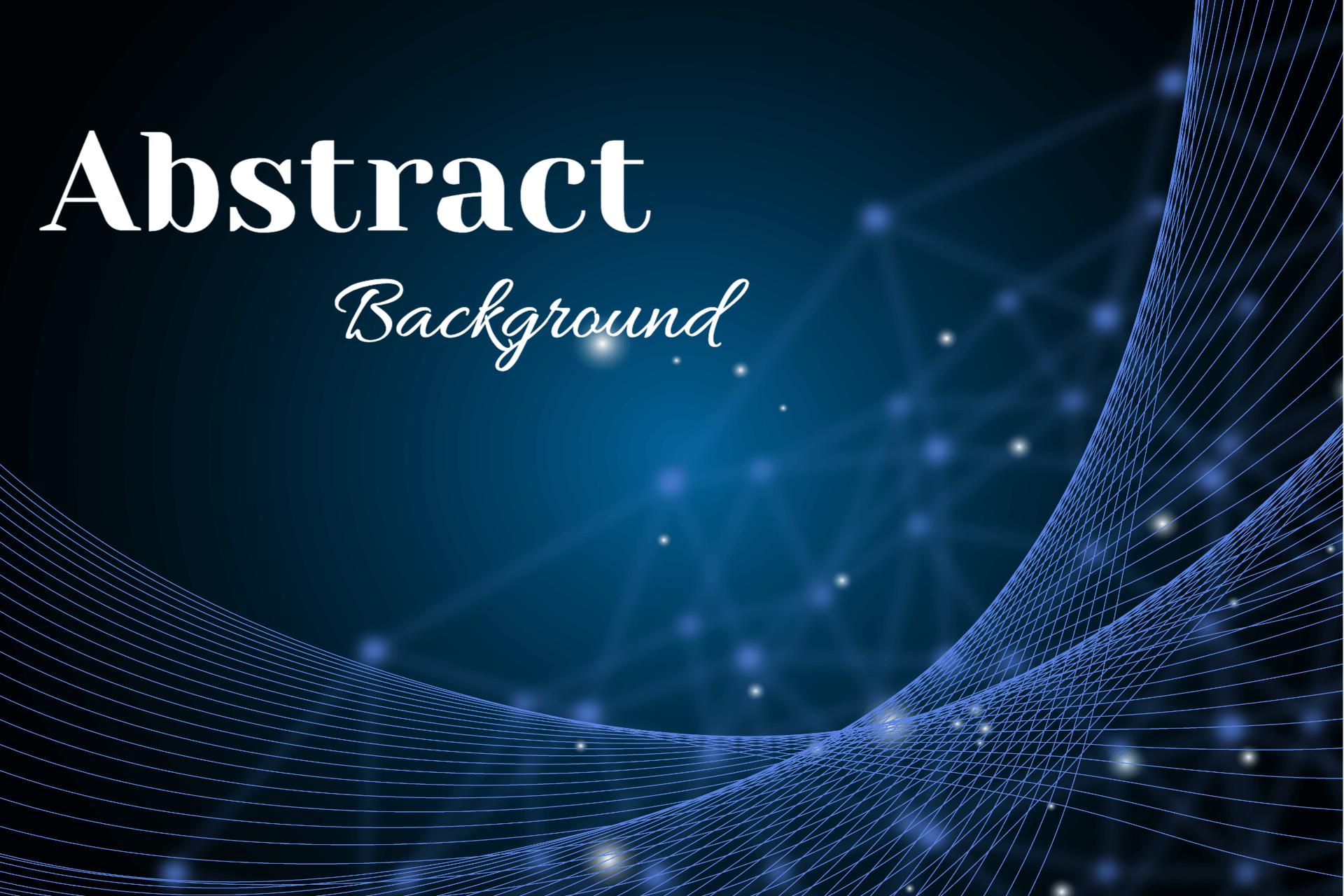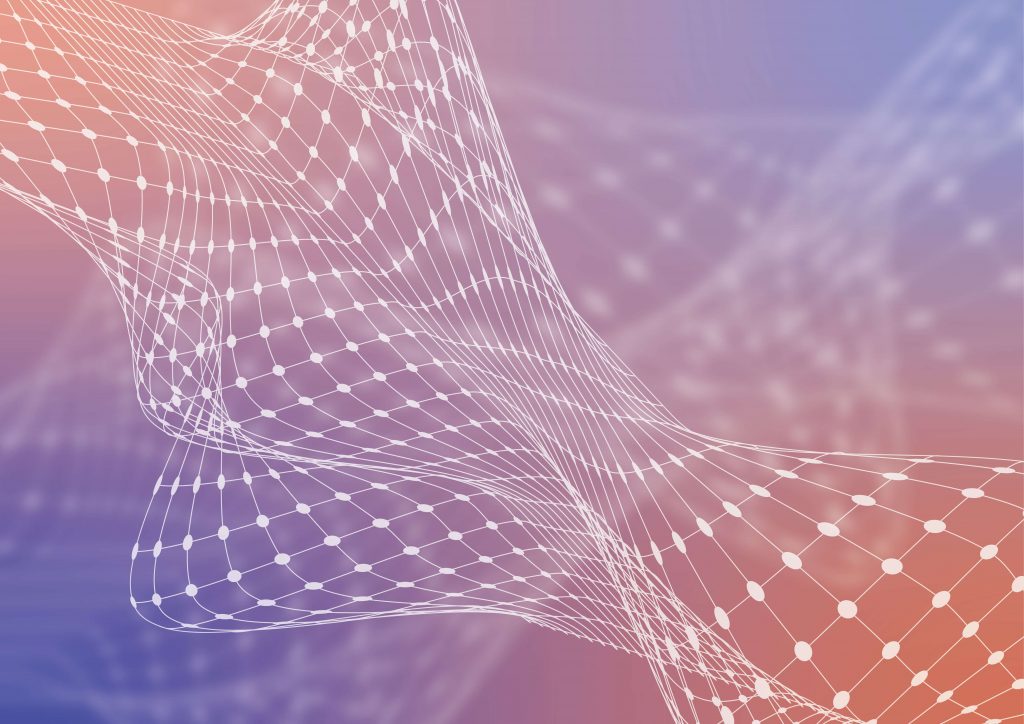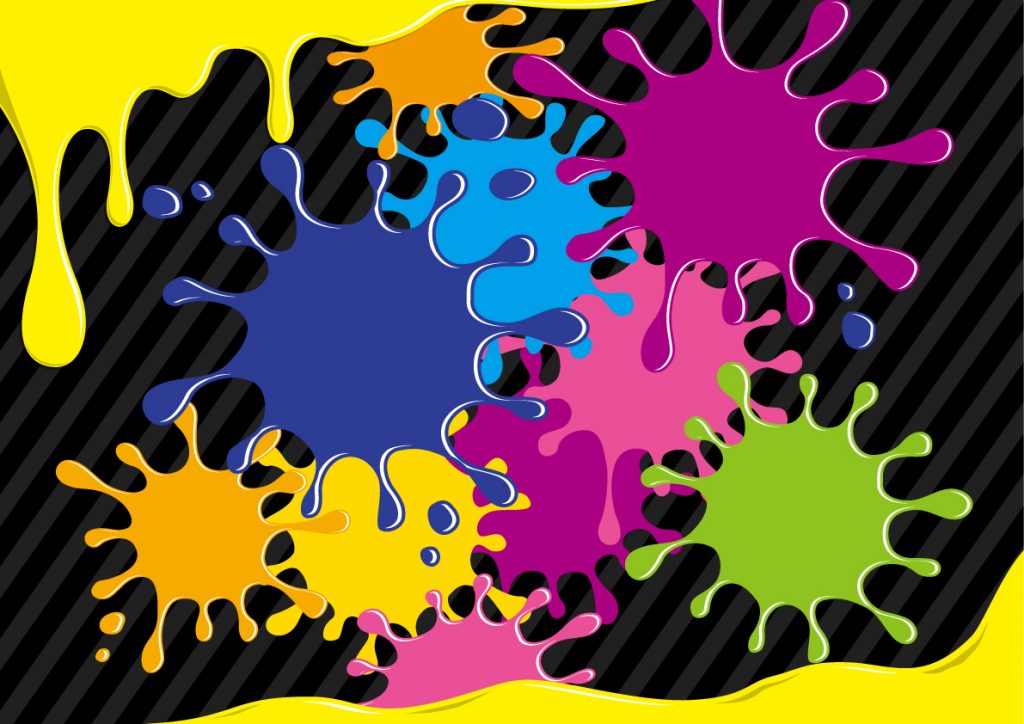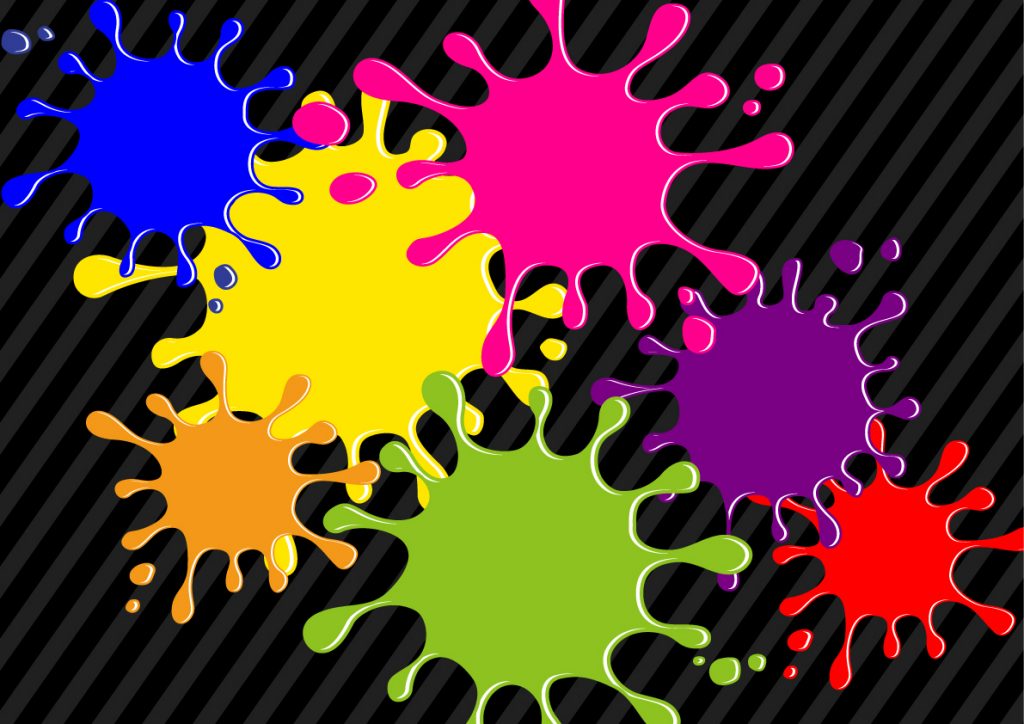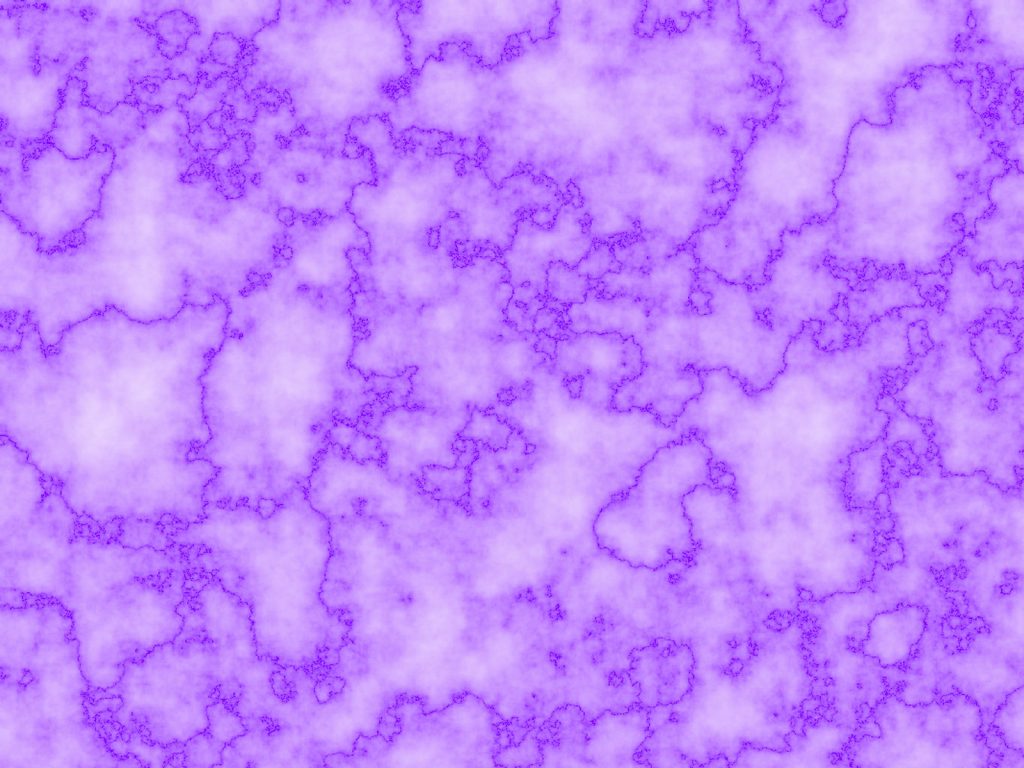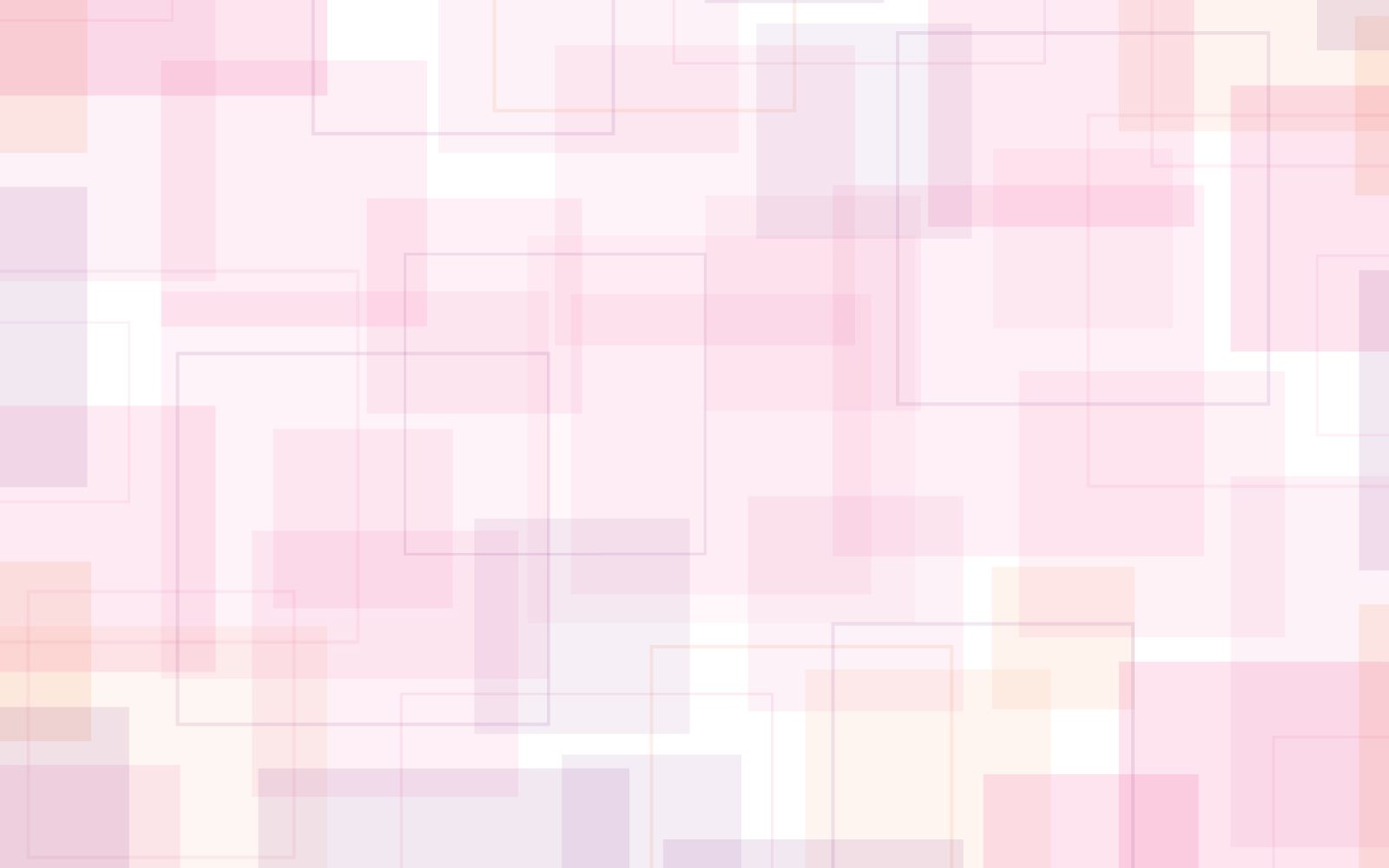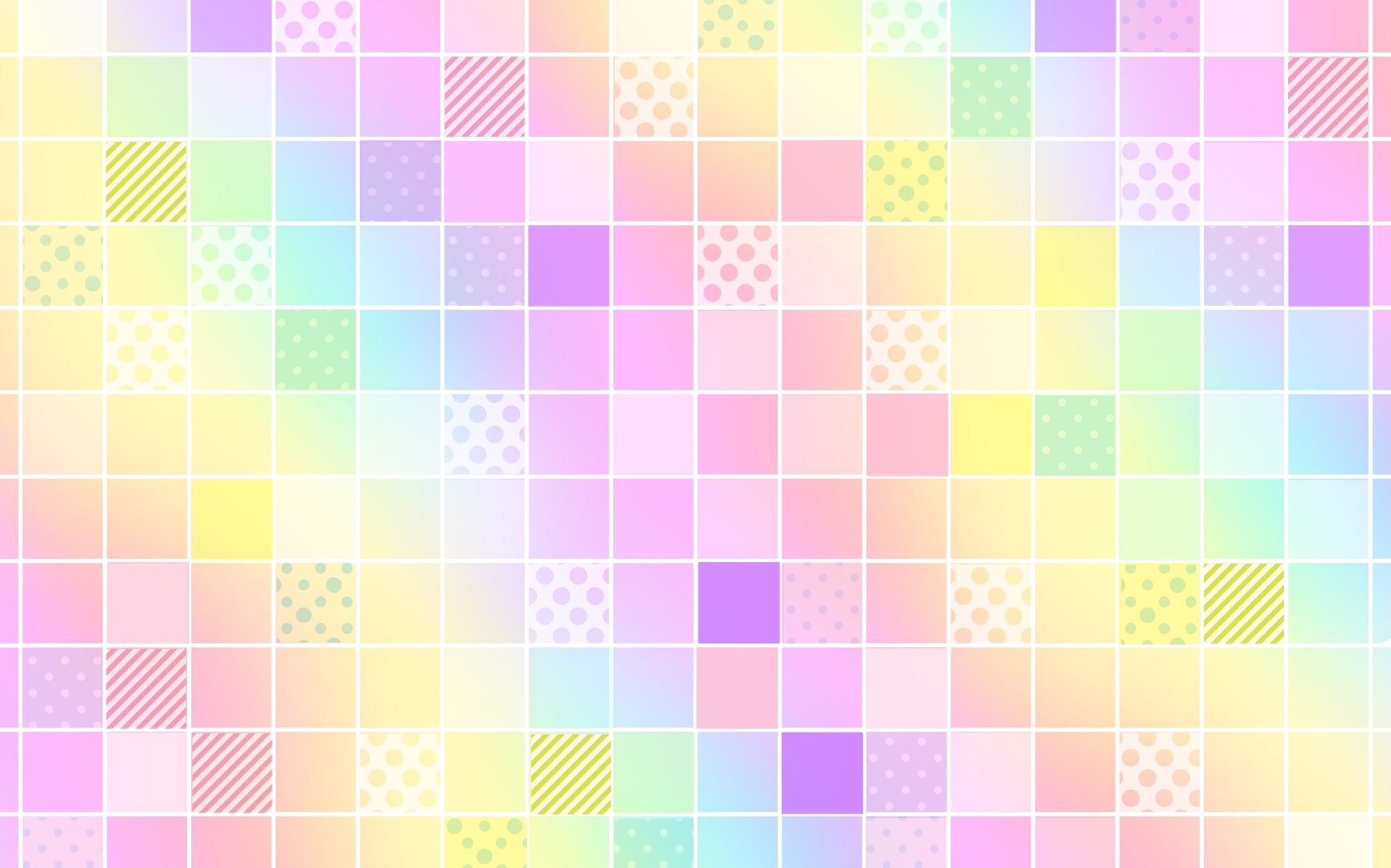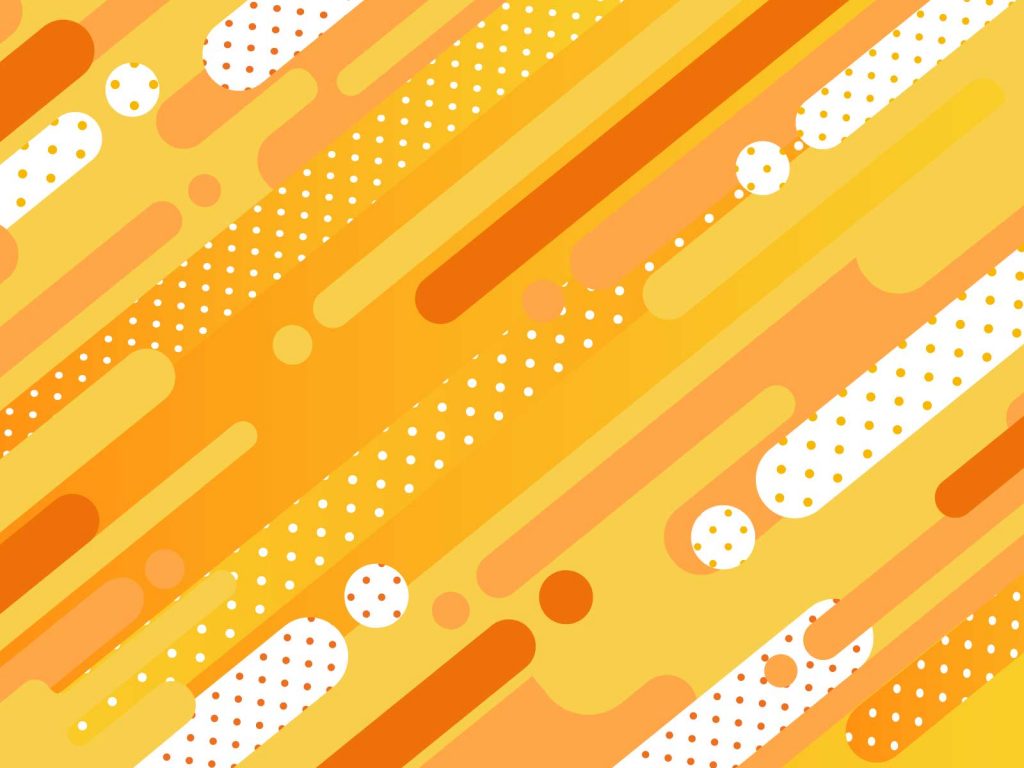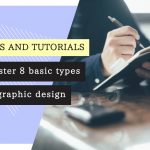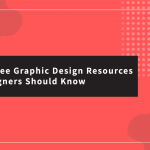Even though abstract illustration may be rather strange to many, its use cannot be overemphasized. In this article, we’ll take you through ten ideas to help you use abstract illustration in your design.
Continue reading to find out the ten different options available. From marbling to abstract organic, Cubism to surrealism, and the different styles that are applied in contemporary design. You’ll be surprised at the different ways you can use abstract illustrations in your next design.
What is Abstract Illustration?
Before we get going with the ten ideas to utilize abstract illustration, you might already be wondering what abstract illustration is. With realist illustration, the main goal is to create a perfect representation of reality. On the other hand, abstract illustrations achieve the opposite.
During the late 19th and early 20th centuries, abstract artists mostly used shape, line, form, and color to create drawings, sculptures, and paintings that are mostly independent from people, landscapes, and identifiable objects. With abstraction, it was possible for artists to have freedom and experiment using different methods. It also made it possible for them to redefine art.
Abstract illustration, alongside the evolution of post-modernism and modernism movements, worked towards encouraging the move from traditional styles, ways of thinking, and approaches, all of which were gotten from the Victorian, Renaissance, and Early Modern ages.
With the 20th century, there are different movements to fully interpret abstract illustration. Among these include Fauvism, Cubism, Dadaism, and Surrealism. There are also many artists that refined and created their own abstracts, illustrations from sculptures, and paintings. Most of these designs today are considered masterpieces.
Today designers use abstract illustration to refer to a wide array of artistic approaches and styles. The ultimate aim is to represent artistic expression, visuality, and creativity in a non-realist way.
Importance of Abstract Illustration for Design Projects
Most of the design movements that we have seen in recent years got inspiration from abstract illustration. Among these designs, movements include the 1990s Minimalism, 1980s Memphis Style, and the Swiss Style of the 1950s. The major hallmark traits include bold colors, minimal layouts, and geometric forms.
Within the 20th century, more designs utilized abstract illustration to create different design pieces, including for branding, packaging, magazines, and posters. You might start to wonder why abstract illustrations are gaining the attention of designers.
The first thing to note is that abstract illustrations are very versatile. This is because they do not feature abstract imagery, which makes it possible for designers to use it for different projects. The focus of abstract illustration is to create a personality and visual mood of the image instead of the realist content.
With this, it becomes easier for designers to create a different feel and look by manipulating patterns, forms, and colors while ensuring that they stay neutral for the design they are used on.
The second thing to note is that abstract illustration has a unique level of psychological power. There are many studies that show the significance of abstract illustration and the emotional effect they leave on viewers. This makes it possible for designers to use abstract illustration to create their desired mood in viewers.
Finally, the last thing to note is that abstract illustrations are liked with the avant-garde and modernity in public perception. That is why many businesses today utilize abstract illustrations for marketing and branding.
We have been able to create a detailed background of abstract illustration, and with that, we can now look at the ten abstract illustration styles that you can use for your design. Continue reading to find out more.
Ideas to Use Abstract Illustrations in your Design
Here are the ideas you need for your design:
1. Paint Splatter, Splash, and Drip
This inspiration for this was gotten from Jackson Pollock, an American Abstract Expressionist. Drip textures and paint splatter images create an energized and eclectic feeling to the design projects they are applied on. Project like large-scale print and background designs benefit from this more. Basically, these images apply movement, textures, and colors to layouts, and this is in addition to creating a versatile and uniform backdrop for logos and typography.
2. Marbling
One of the earliest forms of abstract illustration is the Suminagashi, which originates from ancient Japanese art. This dates back to the early 10th century. Basically, artists float ink on water, after which they transfer the mix to an absorbent surface like fabric or even paper. Marbling is mostly unique and yields beautiful abstracts.
The marble papers used in the 18th and 19th centuries were mostly applied in book production. Basically, the art style is linked with intellectualism and publishing. You can use marbled backgrounds on websites, stationary designs, and books to create a unique appeal to your design.
3. Block Color
Mark Rothko created a path that took art to different levels of abstraction. With his monumental canvases, he was able to explore the dramatic and psychological potential of block color. You can apply these block colors to your designs, and for this, you only need to go through the works of Rothko and even that of Piet Mondrian for graphic and colorful inspiration.
These two artists are the main inspiration for different designs, including Swiss or International styles in the 1950s. Today, block colors are used in creating a stunning and simple backdrop, as well as grid-based layouts.
4. Cubism
Georges Braque and Pablo Picasso all worked towards creating a viewpoint of object and subject at once, and this was in the 20th century. Their work led to the creation of Cubism, which is an abstract illustration style that causes subjects to appear geometric and fragmented.
Wassily Kandinsky, who is a Russian painter, expanded this style, and today, he’s considered to be the pioneer of Nonfigurative art.
In today’s design world, it’s possible to apply architectural planes and low-poly backgrounds to Cubism, and this is to give it a more unique 3D quality, which can be applied to vector illustrations, app designs, and background textures.
5. Memphis Style
This was first initiated in the early 1980s by some Italian artists, architects, and designers. The key thing to note about this style is that it places more emphasis on pattern, bold color, and geometry. It also applies many other styles, including Kitsch and Art Deco.
During the early days of this style, it didn’t gain much attention, and this is because many considered it to lack good taste. However, designers have now revived and rediscovered this abstract design style. Today, it’s now seen as a joyful and optimistic style and is widely applied by different brands looking to attract more customers.
6. Line Art
This inspiration is from Joan Miro, who was able to combine surrealist subject matter with paintings and drawings. Lithography was the main inspiration for his work, and this significantly contributed to the graphic expression of his art.
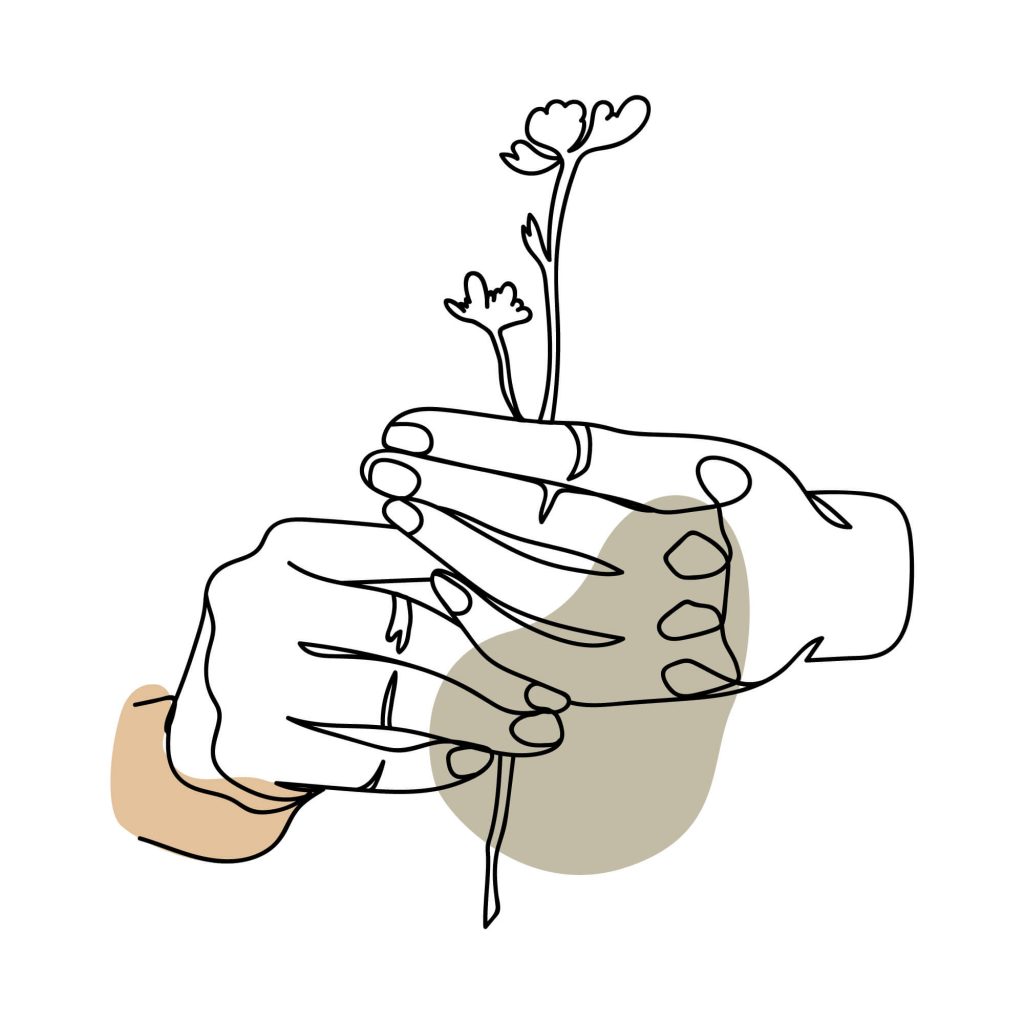

Line art basically comprises continuous lines that are used in creating shapes and forms. It creates a unique type of simplicity with exceptional beauty, and designers now widely apply this style in creating logos and icons, as well as to communicate different concepts.
7. Abstract Organic
The major hallmarks of abstract styles are muted colors and curving forms. Charles and Ray Eames are the brains behind this style, and this was when they interpreted the style in the 1950s. It led to the creation of different organic shapes and also placed more emphasis on colors, textures, and materials.

Today, abstract organic styles bring completely different elegances, which is why it’s now a favorite option for many designers. The style is now mostly used in packaging, advertising, and even for different branding projects.
The interesting thing about this style is that it makes it possible for organic shapes and illustrations to be applied as flat designs.
8. Halftone
This is the term that describes how printing creates dotted effects on designs, and this is by creating pieces of images with dots. Many artists tried to replicate this effect in their designs, and the main goal was to ensure that their work appeared like billboard ads.
You can give your design a retro appearance by using halftone overlays and backgrounds. Another option is to try experimenting with textures and different gradients. Eye-catching colors are also a lot easier to apply, and you can do this on monochrome backgrounds.
9. Abstract Relief and Sculpture
One of the dominant abstract art media today is painting, and artists now use relief and sculpture to covert abstract concepts to a 3D form. Flat designs can also benefit from these concepts, especially when relief images and 3D textures are applied to them. This makes it easier for designers to apply dynamism to their background creations.
10. Surrealism
This is not completely abstract, but we have included it in this list because of how it helps in creating an altered version of the actual reality. This is possible by manipulating realist imagery. The main artists behind this concept are Frida Kahlo, Rene Magritte, and Salvador Dali. Basically, the goal is to create a unique potential in the mind of viewers. This is by placing images together, especially those that are unconventional and irrational.
Even though abstract modernist art has already replaced surrealism, the key thing to always remember is that surrealism is a key source of inspiration for many artists and designers in recent times. This is particularly for those that value how it can surprise and delight viewers.
Wondering how you can include surrealism in your next design? You only need to find images of objects, people, and statues. In addition, you’ll also need designs that utilize splicing, unusual concepts, and distortion. The aim is to make your design appear unique, regardless of what you design you create.
Where to Find Abstract Illustrations
With everything we have mentioned above, you might be wondering where you can get these illustrations from. There’s hardly anything that you can’t find on the internet. Basically, the internet is a world of its own, and it presents us with different promises and possibilities. You can find solutions to almost everything you want on the internet, and this is only within a few clicks.
However, even though the internet is a remarkable tool, you also need to know the right places to check so you can find what you’re looking for. In the case of abstract art and illustrations, we recommend checking illustAC today. This is one of the fastest-growing platforms where you can find all the illustrations, vectors, and icons that you’re looking for.
Another interesting thing is that the site is free to you, and downloads are made available in different file formats. In addition, one of the key features of the platform is that you can’t run out of options when you use illustAC. Different designs are uploaded by different contributors every day to ensure that users have multiple options to choose from.
Whether you are looking for an illustration to use or you simply want abstract inspiration for your design, you can rest assured that you will find everything you need on illustAC.
Conclusion
We have gone through different ideas that you can apply whenever you utilize abstract art and illustration in your design. In addition, we also included some of the artists that played vital roles in developing most of the ideas that we have included above in this article.
Another impressive thing we have included is a resource where you can find all the abstract art and illustrations that you need. You can use them for your design or as an inspiration to help you create an eye-catching design. For this, you only need to visit illustAC now and be assured that you’ll find everything you need.
